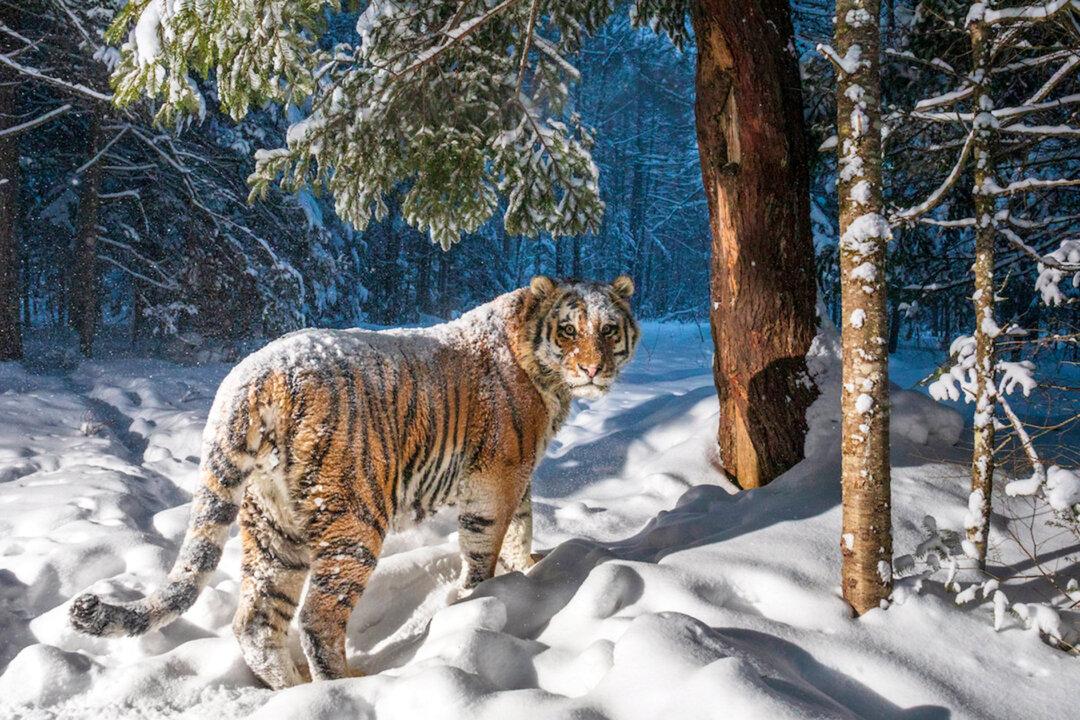Away from the madness of the world, a stunning ultra-rare Siberian tiger pauses in a quiet forest in this jaw-dropping picture.
This incredible picture was captured in December 2021 by wildlife photographer Sascha Fonseca using a hidden camera trap.

Away from the madness of the world, a stunning ultra-rare Siberian tiger pauses in a quiet forest in this jaw-dropping picture.
This incredible picture was captured in December 2021 by wildlife photographer Sascha Fonseca using a hidden camera trap.